Multi-platform journalism in Vietnam has grown strongly in recent years, in parallel with the explosion of digital technology and mobile devices.
Traditional media outlets such as print, radio, and television are rapidly adapting to the digital environment, transforming themselves into multimedia platforms to reach readers across multiple channels.
However, this process is not simple, besides the opportunities there are still challenges that Vietnamese press has to face.
In the digital age, developing a multi-platform content ecosystem for newsrooms has become an important direction.
With a foundation developed from the tradition of revolutionary journalism, the 100-year-old Vietnamese press is facing an urgent need to reshape its operating model to catch up with modern trends when digital media platforms on the internet are developing strongly and colorfully. This is also an inevitable trend towards building a professional, modern, humane and socially serving press.
Multi-platform journalism is an inevitable trend
Defining multi-platform journalism, Dr. Nguyen Thuy Van Anh, Academy of Journalism and Communication, stated that multi-platform journalism is an inevitable development trend in the context of the Fourth Industrial Revolution, traditional media channels such as print newspapers, television, and radio no longer hold a monopoly position.
Instead, journalism is now developed and distributed through a variety of platforms, including online newspapers, social media, online video , podcasts, mobile apps, and other digital platforms.
Some of the main trends of multi-platform journalism that scientists have studied and identified in the global context are: Development of data journalism; mobile journalism; multimedia journalism: development of subscription-based journalism models; the rise of artificial intelligence (AI) and automation in journalism; user-generated content; increased interaction with readers: Social networks and digital media platforms allow the press to reach and interact with readers instantly.
Many newspapers have deployed strong social media channels, with high interactivity, helping to increase trust, create connections with readers, and provide opportunities to collect feedback from information users.

According to Dr. Phan Van Kien, University of Social Sciences and Humanities, Vietnam National University, Hanoi, the concept of "multi-platform journalism" is often confused with "multimedia journalism" or "integrated journalism."
In the early stages of digitization, news organizations focused primarily on converting content from print to web-based versions, adding images, videos, and interactive graphics to increase engagement.
During this period, the "multimedia journalism" model was central. However, entering the 2010s, the popularity of mobile devices, social networks and personalized technology has placed new demands on organizational structures and journalism processes.
From here, the "multi-platform journalism" model was born, requiring the press to not only produce many content formats, but also distribute them optimally on many different platforms such as: websites, mobile applications, YouTube, TikTok, podcasts and social networks.
However, the shift to a multi-platform model also comes with challenges. One of the big issues is audience fragmentation, which makes it harder to build reader loyalty.
When users access information through TikTok, Facebook or third-party platforms, they are less likely to return to the news organization's original website or app.
This has led to an increased reliance on algorithms, which has undermined traditional journalism brands. It has also put pressure on organizational governance.

The integrated newsroom model requires cross-disciplinary coordination between journalism, technology, data and marketing. In Vietnam, not many news agencies have enough resources to recruit positions such as data engineers, UX/UI experts, short video editors, etc.
This makes the digital transformation process often stop at form, lacking structural depth. At the same time, issues of journalistic ethics in the digital environment such as clickbait headlines, half-truthful content or following trivial tastes, are posing challenges to maintaining public trust...
Competition for mobile readers
According to experts, multi-platform journalism has three core characteristics. Modern multi-platform journalism no longer focuses on a single platform but aims to build a "distributed content architecture", requiring an integrated and flexible content production model.
At the global level, many major news organizations have reshaped their organizational structures and content strategies to adapt to the multi-platform environment.
In Vietnam, although starting later, many press agencies have made significant changes.
Tuoi Tre Newspaper, VietnamPlus (Vietnam News Agency) and VTV Digital are typical examples in developing digital content platforms in parallel with traditional journalism activities.
Tuoi Tre Newspaper creates short video reportage series on YouTube and TikTok to reach young readers, while maintaining in-depth news reports in print and on the web.
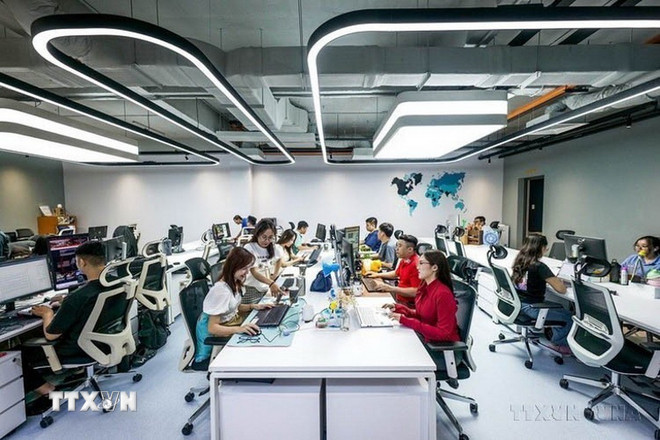
VietnamPlus has deployed a multi-platform CMS system, allowing simultaneous production of news in multiple languages, distributed across applications, social networks and OTT platforms.
VTV Digital with the brand VTV24 has become one of the pioneering television news channels in producing interactive content, entertaining news information...
Sharing about improving the capacity to apply modern technology to the organization of the editorial office and press activities, journalist Do Thi Ngoc Ha, Head of the Representative Office of Tuoi Tre Newspaper in Hanoi, said that along with the shift in readers' needs online, information is also strongly shifted to digital platforms and social networks.
Cyberspace has become a boundless creative space for journalists. The competition in digital journalism is ultimately a competition for influence on the public on mobile devices.
Technology applications are no longer the "exclusive" of online newspapers. While struggling with difficulties, paper newspapers are also finding ways to "show off" new interfaces with attractive virtual reality technology applications, satisfying readers' curiosity and love of discovery.
New technologies are constantly being updated, so the adaptation of the press is not "do it once and done", "invest once and just wait for the results" but must continuously grasp the trends so as not to fall behind.
Many modern technologies have quickly become "routine" in content production applications.

At Tuoi Tre Newspaper, artificial intelligence (AI) is applied in many stages, many areas, many operations, creating a "catalyst" for the team such as AI data visualization, AI KPI assessment, AI content optimization; AI image analysis...
Being ready for the technology game, focusing on readers, the press can develop and demonstrate its role and mission. In fact, improving the capacity to apply technology is not simply investing in technology, but also the constant innovation of newsroom activities, raising awareness of digital transformation among journalists.
Journalists must meet higher standards as technology applications develop more and more - journalist Ngoc Ha shared.
Forming a multi-platform information content ecosystem
With the view that Vietnamese press needs to form a diverse, multi-platform information content ecosystem to meet the public's increasingly rich information access needs, Dr. Nguyen Dinh Hau, University of Social Sciences and Humanities, Vietnam National University, Hanoi, stated: Developing a multi-platform content ecosystem is an urgent task, bringing values to press units.
To achieve this, strategic innovation in content creation, distribution and audience engagement is required. In particular, press agencies need to develop derivative products suitable for each platform; build and develop a centralized, modern content management system; focus on analyzing relevant data to distribute content based on data; and take advantage of cross-promotion strategies within the ecosystem.
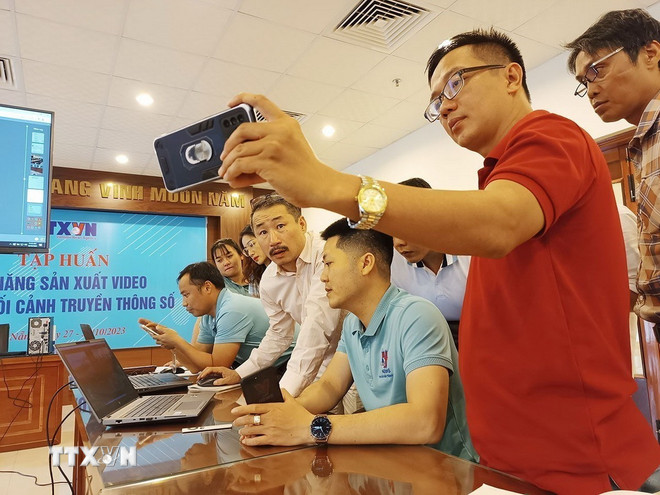
Depending on the actual conditions of the newsroom, it may be worth considering investing in new technologies to create real-time updated content products for "breaking" news.
This creates new, pioneering experiences for the public in the content ecosystem, contributing to positioning the core values of the newsroom in the process of shifting and innovating in the digital age.
Not only from the perspective of press agencies, specific policy solutions and actions are also needed to be planned and implemented according to strategic orientation, from the macro level (mechanism-policy) to the micro level (press agency governance - journalist capacity).
In order for the Vietnamese press to truly modernize and integrate effectively, Associate Professor, Dr. Dinh Thi Thuy Hang, former Director of the Center for Journalism Training - Vietnam Journalists Association, recommends that it is necessary to perfect the institution and create a flexible legal space for digital journalism, such as: amending and perfecting the Press Law in the direction of updating with the digital media context, allowing the press to access multi-channel, multi-platform models, while ensuring regulations on content control, publishing responsibility and user protection.
Regulations on data protection, digital copyright, and professional ethics in the AI environment also need to be specified to establish a framework for the use of AI in journalistic content production, ensuring transparency and information ethics.
The government should invest in open data platforms, shared digital content production platforms, national digital content distribution systems (national CMS), and support small and local press agencies in technological transformation.
At the same time, there needs to be a national policy on training digital journalists, data journalists, and technology journalists. Policies to support journalism need to be built in an effective, transparent, and competitive direction.
In addition to maintaining support with a number of necessary communication programs and campaigns, the State also creates conditions for press agencies to find revenue from paid content, advertising links, etc. to increase quality news articles, press innovation funds; build an ecosystem to fight fake news, enhance public trust, including a system to verify information, use AI to detect and prevent fake news; promote a culture of responsible, honest, and open-minded journalism, etc.
Modernizing the press cannot be just a slogan, it is a comprehensive transformation process, where every manager, journalist and media agency needs to act strategically, invest and have vision.
Vietnam’s revolutionary press is facing important strategic choices. Proactive change, restructuring, learning, investment in technology and human resource development will help Vietnam’s revolutionary press develop strongly in a new trend with its own identity, Associate Professor, Dr. Dinh Thi Thuy Hang shared./.
Source: https://www.vietnamplus.vn/phat-trien-bao-chi-da-nen-tang-trong-ky-nguyen-moi-post1044338.vnp










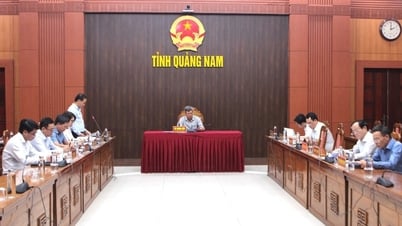



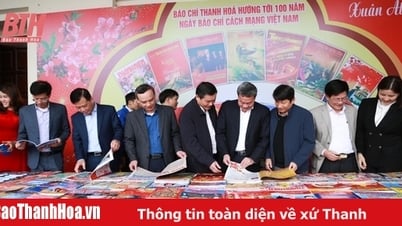




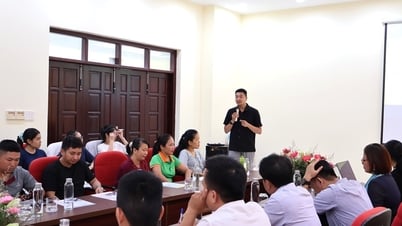










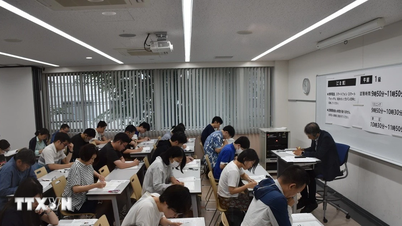
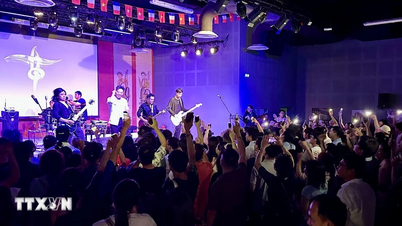

































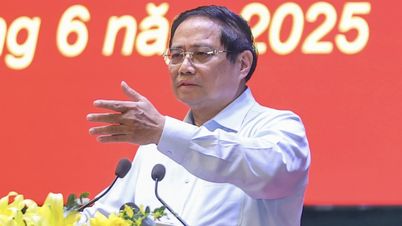

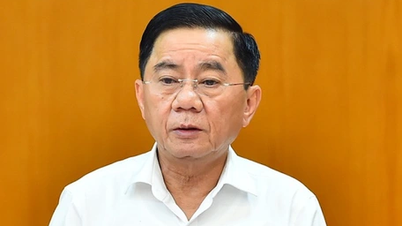



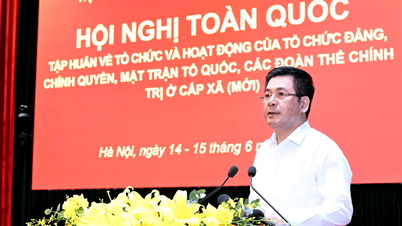






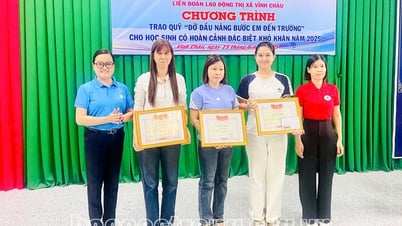

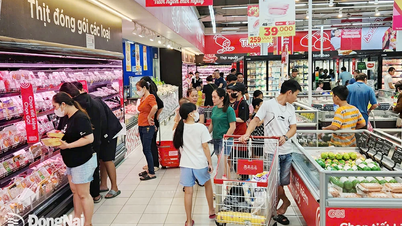




















Comment (0)